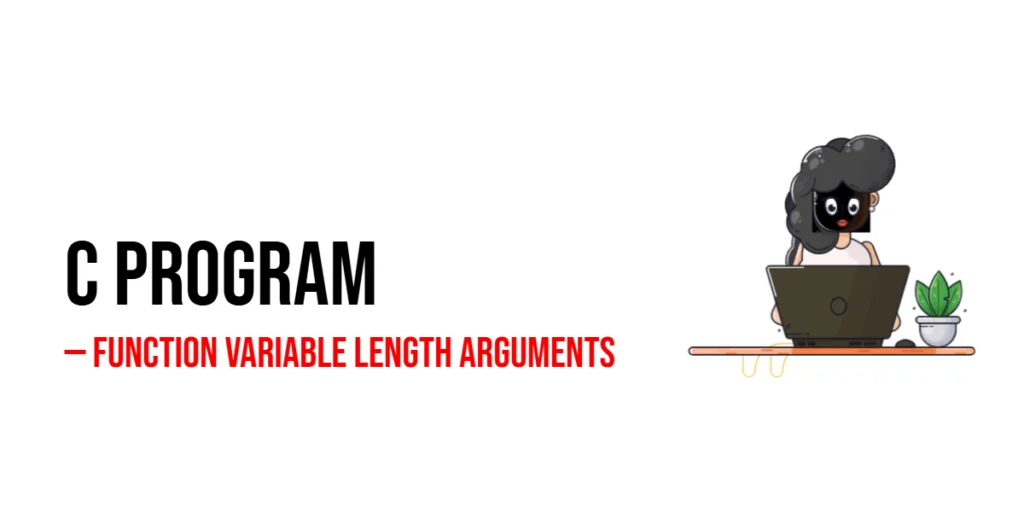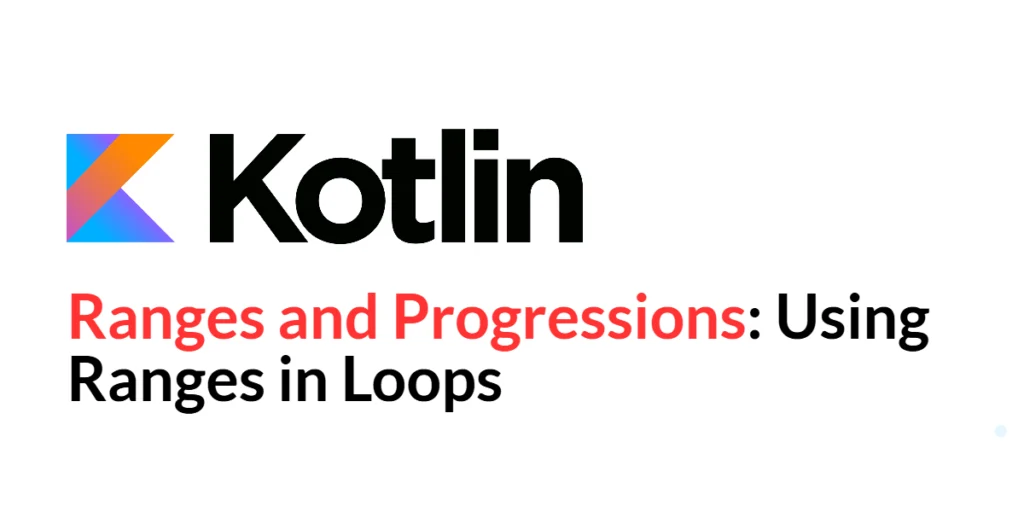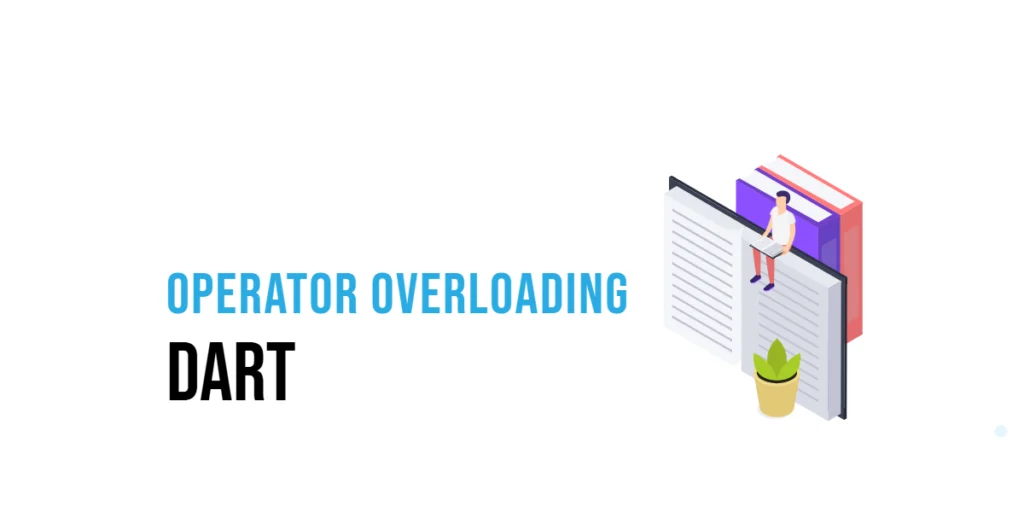In C programming, functions usually have a fixed number of arguments. However, there are situations where you may want to pass a variable number of arguments to a function. This is where function variable length arguments, also called variadic functions, come into play. They allow you to write flexible functions that can handle a different number of parameters each time they are called. Understanding this concept is essential for writing efficient and versatile programs.

with hands-on learning.
get the skills and confidence to land your next move.
Variadic functions are widely used in real-world applications, such as formatting strings in printf(), logging messages, or performing operations on a dynamic set of data. By learning how to create and use functions with variable length arguments, beginners can improve their programming skills and gain insight into how powerful C functions can be. In this article, we will explore multiple beginner-friendly programs that demonstrate how to work with variable length arguments in C.
Program 1: Sum of Numbers Using Variable Length Arguments
This program demonstrates a function that calculates the sum of a variable number of integers. It is a simple example to help beginners understand variadic functions.
#include <stdio.h>
#include <stdarg.h>
int sum(int count, ...) {
va_list args;
va_start(args, count);
int total = 0;
for(int i = 0; i < count; i++) {
total += va_arg(args, int);
}
va_end(args);
return total;
}
int main() {
int result = sum(5, 10, 20, 30, 40, 50);
printf("Sum of numbers: %d\n", result);
return 0;
}In this program, the sum function uses the stdarg.h library, which provides macros to handle variable length arguments. va_list is used to declare a variable that will access the additional arguments. va_start initializes the list, va_arg retrieves each argument, and va_end cleans up. Beginners can see how to perform operations on a flexible number of parameters, making the function reusable in different scenarios.
Program 2: Find Average Using Variable Length Arguments
This program calculates the average of a variable number of floating-point numbers. It shows how variadic functions can handle different data types.
#include <stdio.h>
#include <stdarg.h>
double average(int count, ...) {
va_list args;
va_start(args, count);
double sum = 0;
for(int i = 0; i < count; i++) {
sum += va_arg(args, double);
}
va_end(args);
return sum / count;
}
int main() {
double avg = average(4, 10.5, 20.0, 30.5, 40.0);
printf("Average: %.2lf\n", avg);
return 0;
}Here, the average function retrieves a variable number of double values and calculates the average. Beginners can observe that the same approach used for integers can be applied to other data types. This demonstrates the versatility of variadic functions for performing calculations or operations on a flexible set of inputs.
Program 3: Print Custom Messages Using Variable Length Arguments
This program demonstrates how to print multiple strings using a function with variable length arguments. It is a practical example similar to the printf() function.
#include <stdio.h>
#include <stdarg.h>
void printMessages(int count, ...) {
va_list args;
va_start(args, count);
for(int i = 0; i < count; i++) {
char *msg = va_arg(args, char*);
printf("%s\n", msg);
}
va_end(args);
}
int main() {
printMessages(3, "Hello, world!", "Welcome to C programming", "Variadic functions are useful!");
return 0;
}In this program, printMessages accepts a variable number of string arguments and prints each one. By using va_arg(args, char*), the function retrieves each string from the argument list. Beginners can understand how variadic functions can be applied to strings and text-based applications, making code more flexible and dynamic.
Frequently Asked Questions (FAQ)
Here are some common questions beginners have about function variable length arguments in C.
Q1. What are variable length arguments in C?
They are arguments that allow a function to accept a flexible number of parameters each time it is called.
Q2. Which header file is required for variadic functions?stdarg.h provides the necessary macros to work with variable length arguments.
Q3. What macros are used for variadic functions?va_list, va_start, va_arg, and va_end are used to access and manage variable arguments.
Q4. Can variadic functions handle different data types?
Yes, but you need to specify the type when using va_arg for each argument.
Q5. Where are variadic functions commonly used?
They are commonly used in functions like printf(), logging functions, or mathematical functions that accept multiple inputs.
Conclusion
Function variable length arguments in C provide a powerful way to write flexible and reusable code. By learning to use stdarg.h and variadic functions, beginners can perform operations on a dynamic set of parameters, whether for numbers, strings, or other data types. Practicing these programs, from summing numbers to printing messages, will strengthen your understanding of variadic functions and expand your ability to handle flexible input in real-world C applications.
Additional & References
For beginners looking to explore variadic functions and advanced C programming techniques, the following resources are very useful:
- C Standard Library (stdarg.h) – Documentation for macros like
va_list,va_start,va_arg, andva_end, essential for variadic functions. - Programiz C Tutorials – Beginner-friendly tutorials with hands-on examples for practicing arithmetic and geometry programs.
- GeeksforGeeks C Programming Section – Detailed explanations, sample programs, and exercises for reinforcing core concepts.
- Learn-C.org – Interactive platform to write and test C programs online, ideal for experimenting with volume calculations.







